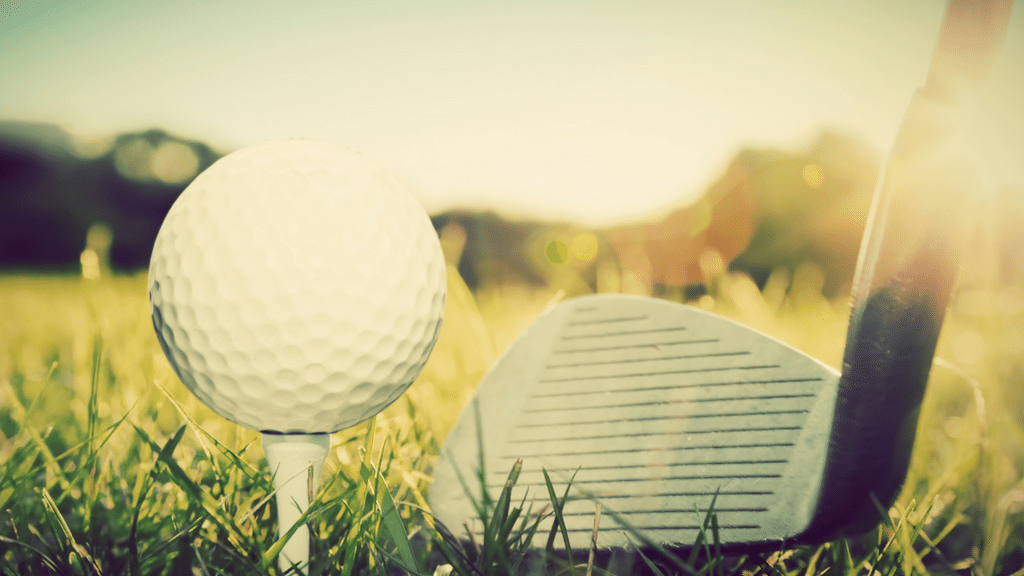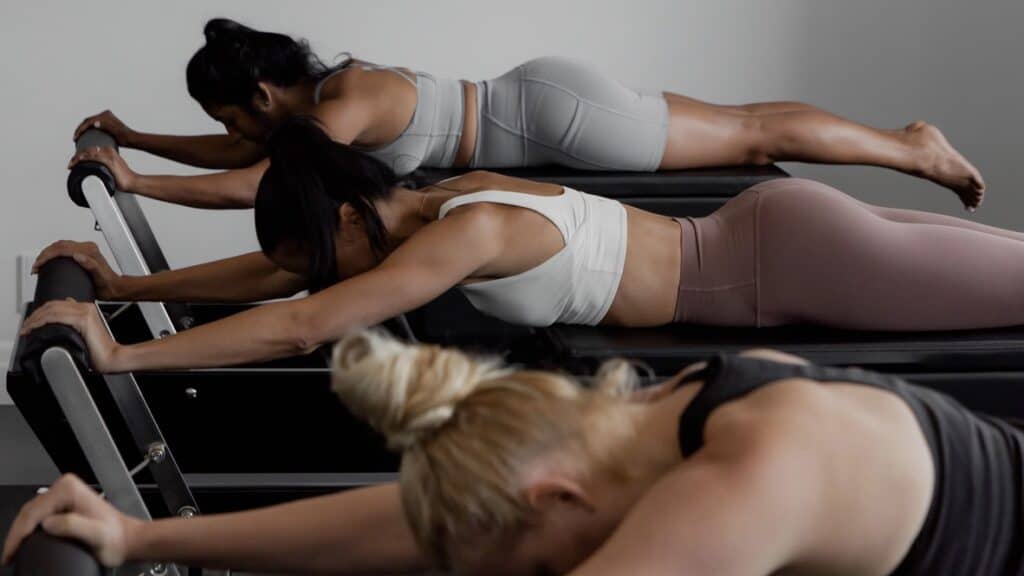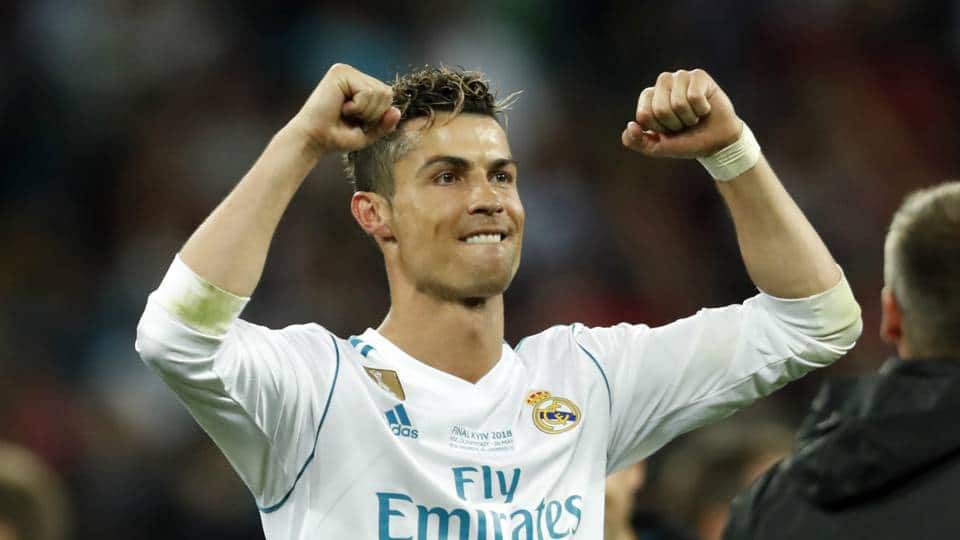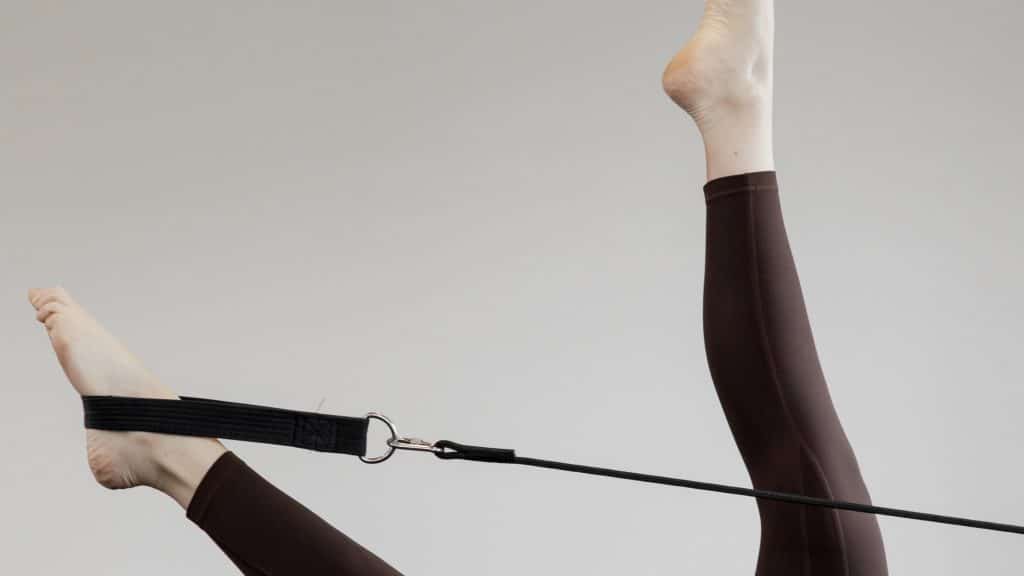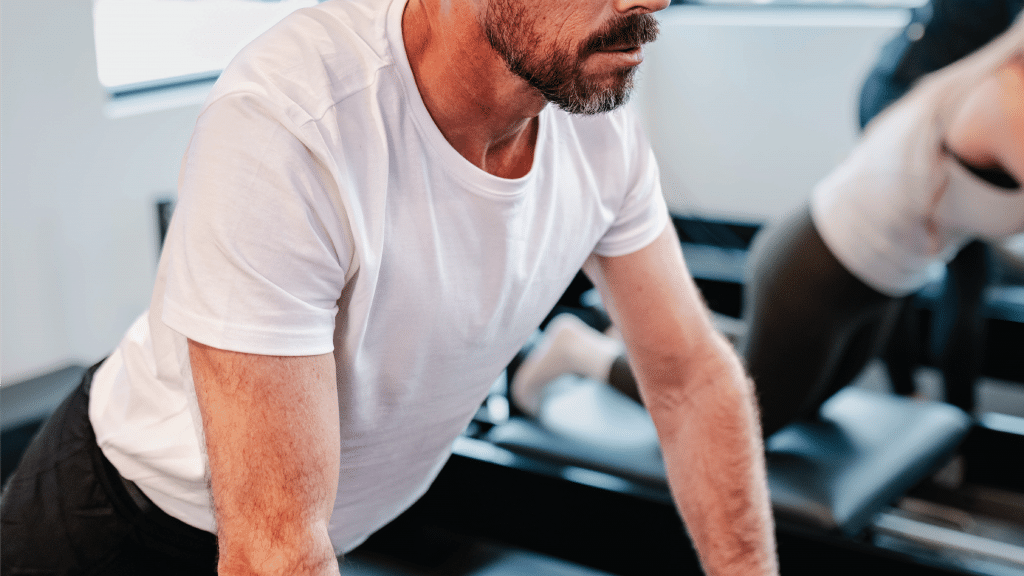IMPROVE YOUR DISTANCE, POWER, ACCURACY + FLEXIBILITY
The game of golf relies on correct alignment, speed, timing, balance, coordination, fluidity of movement, the rotation of your body, good postural awareness, core strength and concentration. It requires the integration of many major and minor muscle groups during different phases of the swing, and a strong correlation between body and mind. Pilates, as a result, makes the ideal golfing partner.
Core and pelvic stability, spinal flexibility, joint mobility and muscle balance are all key factors in improving a golfer’s performance and preventing injuries.
Pilates can dramatically assist your athletic ability and offers the perfect training complement to your game, whether your focus is leisure, competition or technical development. It can help golfers prevent injury, improve technically, and play a better round more consistently.
Studio Pilates delivers intense, 40 minute workouts on Pilates reformers in a small group environment that feels more like a personal training session, with our world class instructors modifying your moves for maximum gain.
Like golf, Pilates offers a whole-body workout, focusing on strength, mobility, endurance, body alignment and breath control. Each Pilates reformer class is scientifically designed by physiotherapists, to ensure safe and considered movements sequenced in a particular way to give you the results you want, fast!
We work your body on all planes of movement – sitting, lying and standing – so that the muscles are worked from many different directions, producing a uniform and very deep strength and tone, without using heavy weights.
Performance benefits
MUSCLE CONDITIONING
Pilates makes an excellent athletic conditioning counterpart to golf.
Pilates focuses on the deeper muscle groups, or “local” stabilisers, which are key to controlling joint stability and movement. Its functional muscle development helps with increasing coordination and developing correct firing patterns for fluid movement. Its ability to support and strengthen the muscles of the torso, hips, shoulders and pelvis in particular has a big impact on power, balance and stability, and overall performance
CORE
Pilates is based on movement from the centre, or ‘powerhouse’, of the body: the core.
The core is instrumental in golf – helping improve hip rotation for more distance and power; improving mobility of the spine; allowing the shoulders more range of motion for optimal backswing and follow through; generating power to the limbs for increased club head speed; and allowing golfers to train and play for longer periods without lower back injury.
When considering the fact that the spine coils and uncoils between 100-130 times during an eighteen hole round,* it becomes apparent that core stabilisation, and the ability to separate the pelvis and lower body from the chest and arms during the swing, is critical for preventing golf related injuries.
Pilates has a substantial focus on the transverse abdominis (TA), an important part of the abdominal wall. In conjunction with the obliques and rectus abdominus, theTA provides great support for the spine, in particular the lower back, with overall strength and conditioning not only producing a strong abdomen, but the powerful stabilising muscles in the mid back, lower back, chest and glutes.
POSTURAL ALIGNMENT AND BALANCE
A golf swing’s asymmetrical movement requires a focus on good postural alignment, helping the golfer perform a movement efficiently and effectively, and reducing the amount of unnecessary strain on the muscles and joints. Specific strengthening exercises in Pilates will also help to balance the muscles around joints and balance pairs of muscles that support the joints.
FLEXIBILITY AND CONTROL
Golfers often neglect mobility and flexibility training into their conditioning programs, which can limit the range of motion possible in their backswing. Lack of mobility and flexibility can also lead to strains and injuries. Because Pilates works on a controlled lengthening of the muscles, and opening the side of the body, it can benefit overall flexibility in tighter regions (such as the lower back, hamstrings, and shoulders), helping create a stronger game and a greater level of stamina on the course.
Increased range of movement allows the golfer to move effortlessly from squatting on the green to twisting the body in a drive or simply bending over to pick up the ball. Better mobility in the shoulders means golfers are able to attain optimal backswing and follow-through. Increased hip and torso flexibility gains a golfer more distance, power and accuracy. And evenly conditioned back muscles result in a smoother and more powerful swing.
REHABILITATION
Pilates can help golfers prevent injury, improve technically, and play a better round more consistently. It is a very effective supplement to an injury rehabilitation program, as it provides athletes with an intense workout without impact or excessive weight bearing.
The constant rotational forces being applied on the body, along with muscle imbalances that can occur from the one sided motions used in a golf swing, and the need to bend over multiple times over the course of a training session or tournament, does not do the lower back any favours. Ligaments can be damaged, discs can bulge and become irritated, and vertebrae can begin to degenerate. These problems can be made worse if the athlete already has an ongoing lower back condition.
Shoulder and elbow injuries are common injuries for amateur golfers, resulting from a range of issues, including poor swing mechanics (misalignment, over swinging) and striking the ground with the club. With the average golfer likely to perform literally thousands of swings in their lifetime, the muscles and ligaments that help support the shoulder joint are placed under a lot of pressure.
Pilates aids in strengthening and training the correct use of stabilising muscles for peak performance. Modifications allow for the injured area to be rested, while still challenging and strengthening other parts of the body. Special attention is placed on the contributing factors that may have led to the injury in the first place, preventing it from recurring.
IMPROVED BREATHING
Golf demands a delicate balance of mental and physical skill. Pilates exercises are performed at a deliberate pace, engaging controlled deep diaphragmatic breathing patterns and coordination of breath with movement, which helps with using all available lung capacity, increasing oxygenation and stamina, rhythm and concentration in your game. The emphasis on breath can help a golfer focus on their game, relax through their swing, and control precise movements such as those needed in chipping and putting.
*Corey & Corey 2006
If you are already going to a Pilates studio, incorporate some of these exercises into your program as they will be particularly helpful:
Matwork:
- Mermaid, Spiral, Hamstring, hip flexor, Lat and Pec stretches
- All Abdominal work, in particular Pendulum, Criss Cross and Double Leg lift
- All buttock exercises
Reformer:
- Mermaid Stretch and Lat Stretch
- Any abdominal exercises, but particularly:
- Short Box series Rollback plus Rotation
- Sides over the Box
- Oblique Twist
- All arm and shoulder exercises
- All buttock exercises, particularly Standing Side Splits plus Rotation
Wunda chair:
- Oblique Pikes
- Side Torso Twist
Cadillac:
- Oblique twist
- Side Arm series with or without an Oblique Twist (go over the correct pattern of pelvic rotation first, then the body follows like in the downswing).
- Twist around the World/Rollback series
- Kneeling or Standing Side stretch
To join a Studio Pilates reformer class visit studiopilates.com
